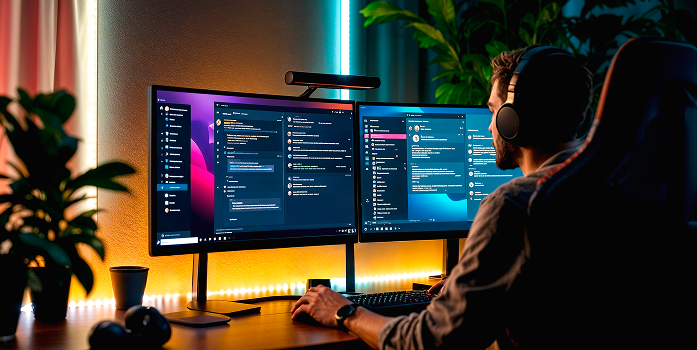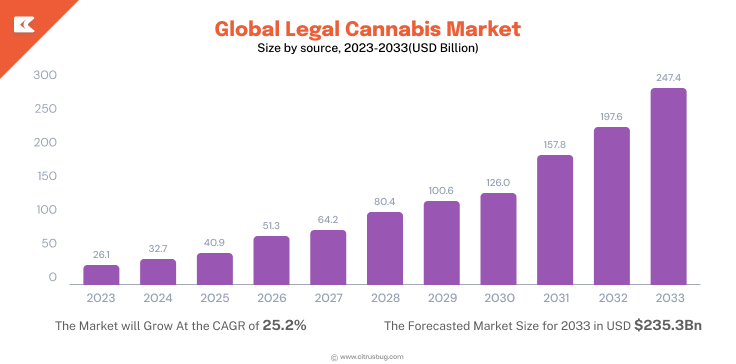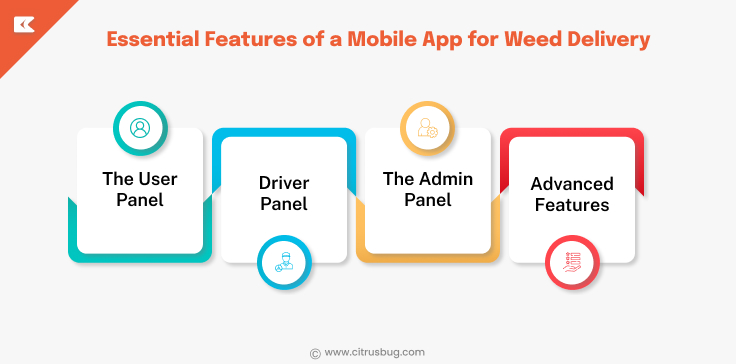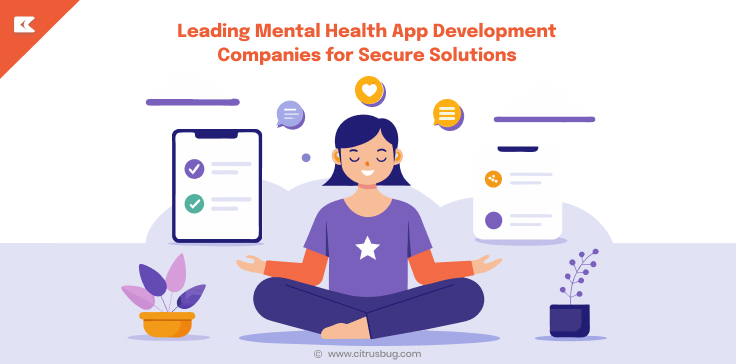Cannabis Delivery App Development Costs & Timelines: What to Expect
- July 14, 2025
-
1149 Views
- by Ishan Vyas
Table of Contents
- Cannabis Market Overview
- Key Factors That Determine the Cost of Cannabis Delivery App Development
- How to Start a Cannabis Delivery Service: Legal Aspects?
- How Much Does It Cost to Develop a Cannabis Delivery App?
- Essential Features of a Mobile App for Weed Delivery
- Why Invest in Developing a Cannabis Delivery App?
- Conclusion: Capitalize on the Growing Cannabis Delivery Market
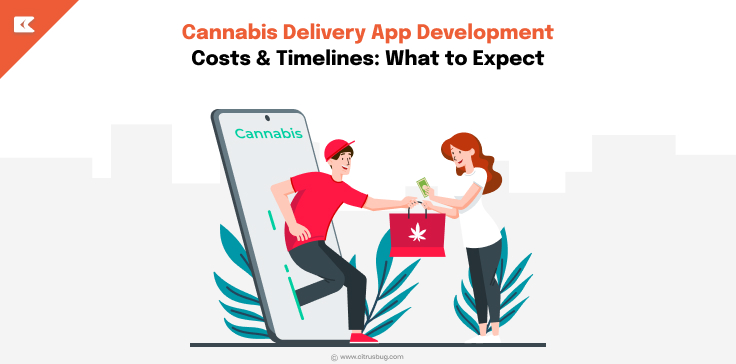
The cannabis industry is rapidly expanding due to legalization and increasing demand for both medical and recreational use. As the industry continues to grow, technology is one of the most significant changes in the provision of cannabis and the operation of dispensaries.
One of the biggest game-changers? On-demand weed delivery apps enable customers to browse, order, and get weed products all in one app, securely and discreetly delivered to their homes.
If you’re considering developing a cannabis delivery app, you’re probably wondering how much it will cost and how long it will take. In this blog, we will run through everything you need to know about these cannabis delivery apps, key features for cannabis apps, cannabis app development costs, timeline for cannabis apps, and what to watch out for.
Cannabis Market Overview
The global legal cannabis market was valued at USD 26.1 billion in 2023.
The global legal cannabis market is growing quickly and is projected to reach a value of $247.4 billion by 2033, expanding rapidly with an impressive CAGR of 25.2%. The rapid growth can be attributed to the growing number of individuals open to cannabis for medical reasons, and marijuana is legal in many areas.
In conjunction with emerging technologies and loosening specific regulations, the United States is currently one of the fastest-growing cannabis markets in the world.
“The U.S. cannabis market is projected to grow from USD 38.4 billion in 2024 to approximately USD 115.1 billion by 2034, registering a CAGR of 11.6% during the forecast period from 2025 to 2034.”
Advancements in technology are evolving the cannabis industry and creating opportunities specifically with the introduction of on-demand cannabis delivery apps, which represent a great investment opportunity for modern businesses.
As the cannabis sector sees substantial revenue growth, several entrepreneurial ventures are beginning to investigate whether it makes sense for their company to offer an on-demand delivery platform. A growing number of queries are being asked about development costs and how to build such apps.
As we think through development, let’s explore the costs.
Key Factors That Determine the Cost of Cannabis Delivery App Development
Creating a medical cannabis delivery app involves many variables which are cost-driving that factor into your overall project cost. When opting for custom mobile app development, the overall cost is affected by the complexity of the app, the required features, target audience, etc. Some other elements include the platform (iOS, Android, or both) and the quality of UI/UX. The following are the key factors that can have an impact on your development expenses:
1. Platform Selection
One of the first factors that affect your budget is what platform you decide to build the app for; iOS, Android, or both! Native apps provide the best performance for the user; however, a native app will always be more expensive. There are cross-platform app development options available (Flutter or React Native) that offer a more cost-effective solution, sacrificing user experience less.
2. UI/UX Design
A healthy user experience is one of the most essential elements for retention, especially in the healthcare and cannabis space. If your app has a pleasant and easy-to-use interface, it will not only improve usability but also trust with your patients. Although working with a professional designer can increase the amount of money needed in the front end, it can have great payoff with ongoing engagement and eventual satisfaction.
3. Core Functions and Advanced Features
Core functions like user registration, product listings, secure payment integration, prescription uploads, and order tracking represent your essential features and directly impact both the timeframes and costs of development. If you want to differentiate yourself from other pharmacies, integrating advanced features such as product recommendations through AI, chat support within the app, or loyalty programs will naturally push the budget higher but provide more overall functionality.
4. Regulatory Compliance and Data Security
Operating in a highly regulated industry like medical cannabis means compliance is non-negotiable. The application would need to comply with HIPAA, or regional healthcare-related data Laws, with secure authentication methods, encrypted data storage, and strict backend protocols and procedures, which can add significant development costs.
5. Third-Party Integrations
Many apps also have integrations with third-party systems – this typically involves some sort of gateway (i.e. a payment gateway), or apps could have interactions with GPS-enabled tracking systems for deliveries or with pharmacy inventory management software. There can be complexities associated with the integrations, additional development time and testing costs will factor into your budget.
6. Development Team Structure
Whether you hire in-house or hire an experienced app development agency, the size and attributes of the team will clearly influence budget. While it can be cost-effective to outsource, especially to teams offshore, having an in-house (controlled) team will allow you to have greater control and more closely align with your vision.
7. Ongoing Maintenance and Updates
Your app will require ongoing maintenance and updates. The initial development is just the start, and your application will need continuous security patches and bug fixes as well as potentially a whole host of new features to keep the app compliant and relevant. Be sure to financially plan for updates and changes to keep your application running smoothly after the launch.
8. Marketing and Launch Cost
Launching a medical cannabis delivery app is more than just building a cannabis app; there is much more to consider in terms of your go-to-market strategy. Be sure that a portion of your budget also goes towards digital marketing, app store optimization (ASO), and promotional campaigns for different types of promotional visibility and user adoption.
How to Start a Cannabis Delivery Service: Legal Aspects?
Now that you have previously reviewed the cost factors financiers consider while building a cannabis delivery app, it is time to ensure that you will be legally compliant, especially when dealing with medical cannabis.
Understanding the Legal Requirements
Developing a medical cannabis delivery application is not only a software build but is required to comply with a complicated structure of local state and federal regulations. It is important to remember that the cannabis industry is highly regulated, especially if you are considering launching in the United States, ensuring legal compliance from day one is essential.
Partnering with a custom mobile app development company that also understands cannabis laws in the market will help you streamline the process and avoid expensive legal exposure.
Main Legal Considerations While Setting Up Your Cannabis Delivery App:
- Know the Local and State Cannabis Regulations
Each location has specific rules for cannabis laws. You will always want to be in the loop of the changing regulations regarding the sale, delivery, and use of medical cannabis in your target area.
- Obtain the Required Licenses
Licensing is essential. Certainly, whether you are a dispensary or a third-party delivery platform, it is the most essential document for operating legally.
- Follow Compliance for Packaging, Delivery, and Marketing
There are many rules related to how cannabis products can be packaged, how they can be shipped, and how they can be marketed. Your app and operations should align with their standards for compliance and user Trust.
How Much Does It Cost to Develop a Cannabis Delivery App?
When estimating the cost to construct a cannabis delivery app, it’s essential to know that the costs are typically (but not always) larger than standard on-demand apps, like Uber Eats. This is often due to challenges posed by legal compliance, product verification, and secure handling of patient data.
When considering app costs, especially for full-scale app development services in the U.S, it’s a good idea to create an MVP (Minimum Viable Product). For a basic cannabis delivery service app, the average cost to build is around $50,000 – $80,000. For a more accurate projection tailored to your business goals, it’s best to consult a trusted app development company with experience in healthcare and cannabis tech solutions.
Apps featuring similar attributes/ features as Eaze can be designed in various ways so that the cost can vary depending on the sophistication and functionality of the application. It is recommended to consult a trusted app development company with experience in healthcare IT consulting and cannabis tech solutions to get a better estimate/teaser related to your business goals.
While the $50K – $80K range offers a starting point, the final cost will depend on several variables such as app complexity, UI/UX design, backend architecture, and ongoing maintenance requirements.
Cannabis Delivery App Development Cost Breakdown (U.S.)
| Component | Estimated Cost | Component Details |
|---|---|---|
| UI/UX Design | $7,000 – $10,000 | High-quality, intuitive design focused on patient experience and trust |
| Frontend & Backend Development | $25,000 – $35,000 | Core features including product listing, order flow, and real-time tracking |
| Admin Panel | $5,000 – $8,000 | Web dashboard to manage inventory, users, orders, and analytics |
| Third-Party Integrations | $5,000 – $10,000 | Includes payment gateways, ID verification, and location-based services |
| Compliance & Security Features | $4,000 – $6,000 | Ensures HIPAA/GDPR compliance and robust data protection |
| Testing & QA | $3,000 – $5,000 | Comprehensive testing across devices and compliance checks |
| Deployment & Launch Support | $2,000 – $4,000 | App Store/Play Store setup, legal documentation, and support |
| Ongoing Maintenance & Updates | $4,000 – $7,000 (annually) | Covers bug fixes, security patches, and feature updates |
Essential Features of a Mobile App for Weed Delivery
The needs of customers, delivery drivers, and company owners must all be met by a successful cannabis delivery app.
Here is a thorough rundown of the crucial elements:
- The User Panel
Customers interact with the app through this interface. It ought to be feature-rich and easy to use:
- Account Registration: Simple registration via social network, phone number, or email.
- Product Filters and Search: Makes it easier to locate particular cannabis goods.
- Order placement and tracking: Facilitates seamless purchases and allows for real-time delivery tracking.
- Payment Integration: Offers safe choices such as digital wallets and credit/debit cards.
- Reviews and ratings: Enables users to read and comment on other people’s experiences.
- Driver Panel
Delivery staff can manage orders and plan their routes more efficiently thanks to the driver panel. Important characteristics include:
- Order Notifications: Notifications about upcoming delivery tasks.
- GPS navigation: Guarantees precise and prompt delivery.
- Earnings Dashboard: Shows total earnings and completed orders.
- Availability Status: Enables drivers to specify their active times.
- The Admin Panel
Dispensary owners can successfully manage their operations with the help of this backend interface.
- User and Driver Management: Keeps tabs on delivery workers and app users.
- Product and inventory management: adds new items and updates stock.
- Reporting and analytics: Provides information on user behavior, sales, and operational effectiveness.
- Tools for discounts and promotions: Assists in developing customer-attracting programs.
- Advanced Features
To set your app apart from the competition, think about adding sophisticated features:
- Age Verification: Confirms clients’ ages by law.
- Integrating Blockchain Technology: Guarantees safe and open transactions.
- Push Notifications: Notifies users of promotions, deals, and updates to their orders.
- In-App Chat Support: Provides instant customer assistance.
Why Invest in Developing a Cannabis Delivery App?
With these growing demands, cannabis or marijuana finds its uses in the recreation and healthcare industries, and developing a cannabis delivery app may be a substantial investment. As the statistics listed above show, we can practically ensure that spending will be significantly higher than the projections over the next several years.
Conclusion: Capitalize on the Growing Cannabis Delivery Market
The cannabis industry is evolving rapidly and so is the demand for tech-driven solutions like on-demand delivery apps. Whether you’re a dispensary owner, healthcare entrepreneur, or tech investor, developing a cannabis delivery app offers a strategic opportunity to tap into a highly regulated yet high-growth market.
While development costs in the U.S. can range from $50,000 to $80,000, depending on complexity, compliance, and features, the long-term return on investment can be substantial with the right approach.
From understanding legal obligations to choosing the right features and development team, this guide has outlined everything you need to launch a secure, user-friendly, and compliant cannabis delivery app.


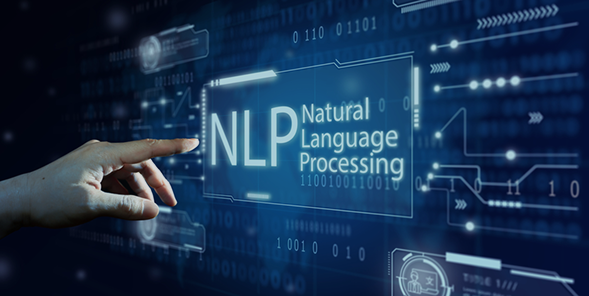
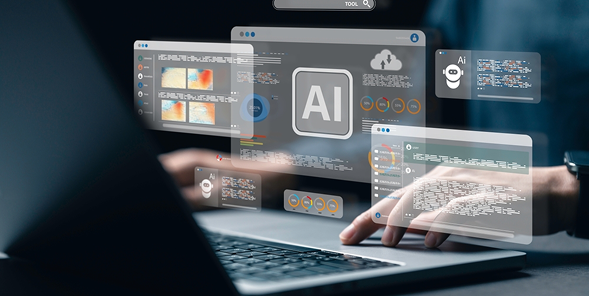

 SaaS Development
SaaS Development Web Application Development
Web Application Development Mobile Application Development
Mobile Application Development Custom Software Development
Custom Software Development Cloud Development
Cloud Development DevOps Development
DevOps Development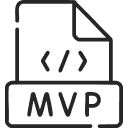 MVP Development
MVP Development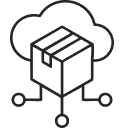 Digital Product Development
Digital Product Development Hire Chatbot Developers
Hire Chatbot Developers Hire Python Developers
Hire Python Developers Hire Django Developers
Hire Django Developers Hire ReactJS Developers
Hire ReactJS Developers Hire AngularJS Developers
Hire AngularJS Developers Hire VueJS Developers
Hire VueJS Developers Hire Full Stack Developers
Hire Full Stack Developers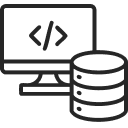 Hire Back End Developers
Hire Back End Developers Hire Front End Developers
Hire Front End Developers AI Healthcare Software Development & Consulting
AI Healthcare Software Development & Consulting Healthcare App Development
Healthcare App Development EHR Software Development
EHR Software Development Healthcare AI Chatbot Development
Healthcare AI Chatbot Development Telemedicine App Development Company
Telemedicine App Development Company Medical Billing Software Development
Medical Billing Software Development Fitness App Development
Fitness App Development RPM Software Development
RPM Software Development Medicine Delivery App Development
Medicine Delivery App Development Medical Device Software Development
Medical Device Software Development Patient Engagement Software Solutions
Patient Engagement Software Solutions Mental Health App Development
Mental Health App Development Healthcare IT Consulting
Healthcare IT Consulting Healthcare CRM Software Development
Healthcare CRM Software Development Healthcare IT Managed Services
Healthcare IT Managed Services Healthcare Software Testing services
Healthcare Software Testing services Medical Practice Management Software
Medical Practice Management Software Outsourcing Healthcare IT Services
Outsourcing Healthcare IT Services IoT Solutions for Healthcare
IoT Solutions for Healthcare Medical Image Analysis Software Development Services
Medical Image Analysis Software Development Services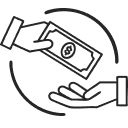 Lending Software Development Services
Lending Software Development Services Payment Gateway Software Development
Payment Gateway Software Development Accounting Software Development
Accounting Software Development AI-Driven Banking App Development
AI-Driven Banking App Development Insurance Software Development
Insurance Software Development Finance Software Development
Finance Software Development Loan Management Software Development
Loan Management Software Development Decentralized Finance Development Services
Decentralized Finance Development Services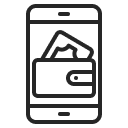 eWallet App Development
eWallet App Development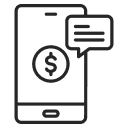 Payment App Development
Payment App Development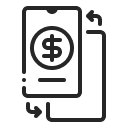 Money Transfer App Development
Money Transfer App Development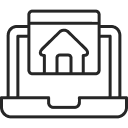 Mortgage Software Development
Mortgage Software Development Insurance Fraud Detection Software Development
Insurance Fraud Detection Software Development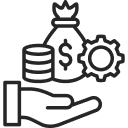 Wealth Management Software Development
Wealth Management Software Development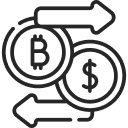 Cryptocurrency Exchange Platform Development
Cryptocurrency Exchange Platform Development Neobank App Development
Neobank App Development Stock Trading App Development
Stock Trading App Development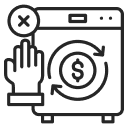 AML software Development
AML software Development Web3 Wallet Development
Web3 Wallet Development Robo-Advisor App Development
Robo-Advisor App Development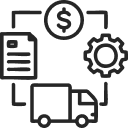 Supply Chain Management Software Development
Supply Chain Management Software Development Fleet Management Software Development
Fleet Management Software Development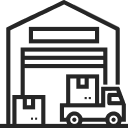 Warehouse Management Software Development
Warehouse Management Software Development LMS Development
LMS Development Education App Development
Education App Development Inventory Management Software Development
Inventory Management Software Development Property Management Software Development
Property Management Software Development Real Estate CRM Software Development
Real Estate CRM Software Development Real Estate Document Management Software
Real Estate Document Management Software Construction App Development
Construction App Development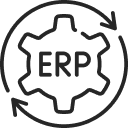 Construction ERP Software Development
Construction ERP Software Development
